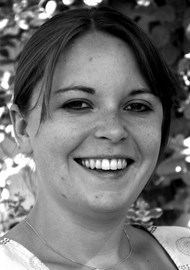The authors present a cohort study to assess for the presence of peer bias against ptosis. Recruitment took place in nursery and primary schools, of children aged three to six-years-old. An exclusion criterion was the presence of a visible ophthalmic condition. Participants completed two tasks, the first with paired photographs with and without unilateral ptosis and the second a ranking exercise on different grades of ptosis. A total of 215 children participated in the study. Older children chose significantly less children with ptosis in the first task than the younger children. The choices made by children above the age of four years was significantly different to chance level. The rankings given to grade 3 ptosis also significantly differed across age groups. Significant differences in ranking were found by gender, with male participants ranking grade 2 ptosis lower and female participants ranking grade 3 ptosis lower. This study demonstrated the presence of a bias against peers with ptosis starting at age four-years-old. The higher grades of ptosis were judged more negatively than milder ptosis. The gender effect seen in the ranking exercise may be due to only female photographs being used in that exercise. The authors recommend future research should use a mixed gender presentation for these tasks. Another requirement for future research is to investigate the impact on bias by which eye is affected. The clinical implications for this study suggest that discussions should occur between clinicians and parents about early surgery or implementation of psychological intervention for children with ptosis.
At what age do children start to negatively judge ptosis?
Reviewed by Lauren Hepworth
Investigating the presence of peer bias against ptosis in young children.
CONTRIBUTOR
Lauren R Hepworth
University of Liverpool; Honorary Stroke Specialist Clinical Orthoptist, Northern Care Alliance NHS Foundation Trust; St Helen’s and Knowsley NHS Foundation Trust, UK.
View Full Profile



